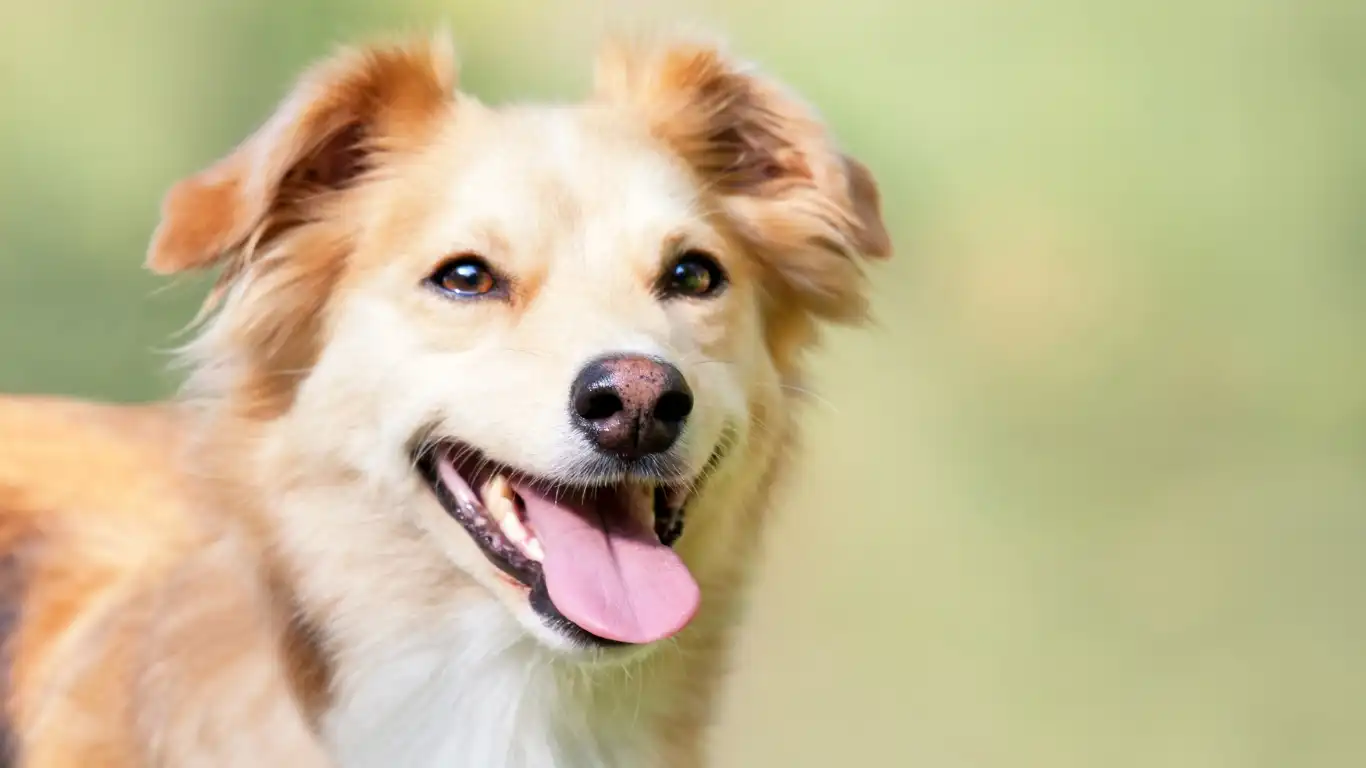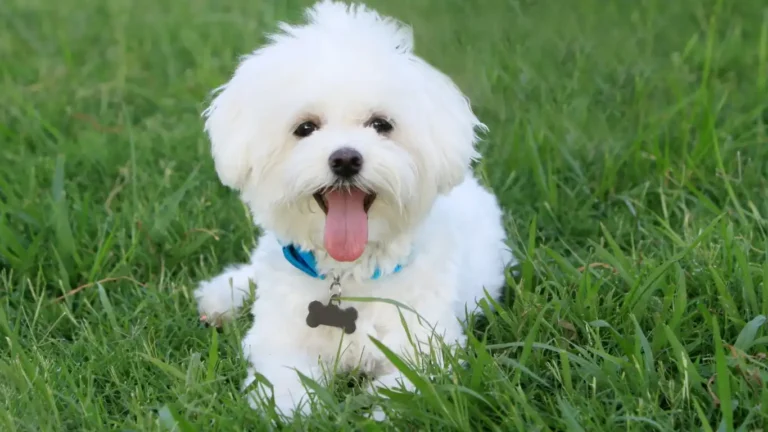How to Introduce a Dog to a Leash for the First Time: Simple, Stress-Free Tips
Bringing a new dog into your home is an exciting time, and one of the first things you’ll need to teach them is how to walk on a leash. For some dogs, it’s a natural skill they take to immediately, while for others, it can be a bit of a challenge. As a veterinary technician with years of experience, I’ve had the privilege of helping countless pet parents introduce their furry friends to leashes, and I’ve seen firsthand how this simple task can have a profound impact on a dog’s behavior and their bond with you. In this guide, we’re going to dive into the step-by-step process of how to introduce a dog to a leash for the first time, ensuring a positive experience for both you and your pup.
Why Leash Training is Important for Dogs
Before we jump into the how-to’s of leash training, let’s talk about why it’s so essential. Leash training isn’t just about getting your dog to walk nicely by your side. It’s about building trust, establishing boundaries, and ensuring your dog’s safety in public spaces. As a veterinary technician, I can tell you that having a dog that is well-adjusted to a leash makes trips to the vet, the park, or anywhere outside of the home a whole lot easier. More importantly, leash training gives you the control you need to protect your dog from potential hazards like traffic, other animals, and unfamiliar environments.
How to Introduce a Dog to a Leash for the First Time
When you start leash training your dog, patience and consistency are key. Each dog will react differently, so it’s important to take things slow and at your dog’s pace. Here’s a simple guide that you can follow to help your dog get comfortable with their new leash:
1. Start with the Collar or Harness
Before you even think about attaching a leash, it’s essential to get your dog used to wearing a collar or harness. If they aren’t accustomed to wearing something around their neck or body, it might take a little time for them to adjust. Start by gently placing the collar or harness on your dog for short periods, gradually increasing the duration as they get more comfortable. Always make sure the collar or harness is fitted properly – it should be snug enough to stay on, but not so tight that it causes discomfort.
2. Attach the Leash Indoors
Once your dog is comfortable with the collar or harness, you can introduce the leash. Start by simply attaching the leash to the collar or harness while indoors. Allow your dog to drag the leash around for a few minutes, under your supervision. This will give them a chance to get used to the feeling of the leash without any pressure. Some dogs may be startled by the leash at first, but don’t worry – this is normal!
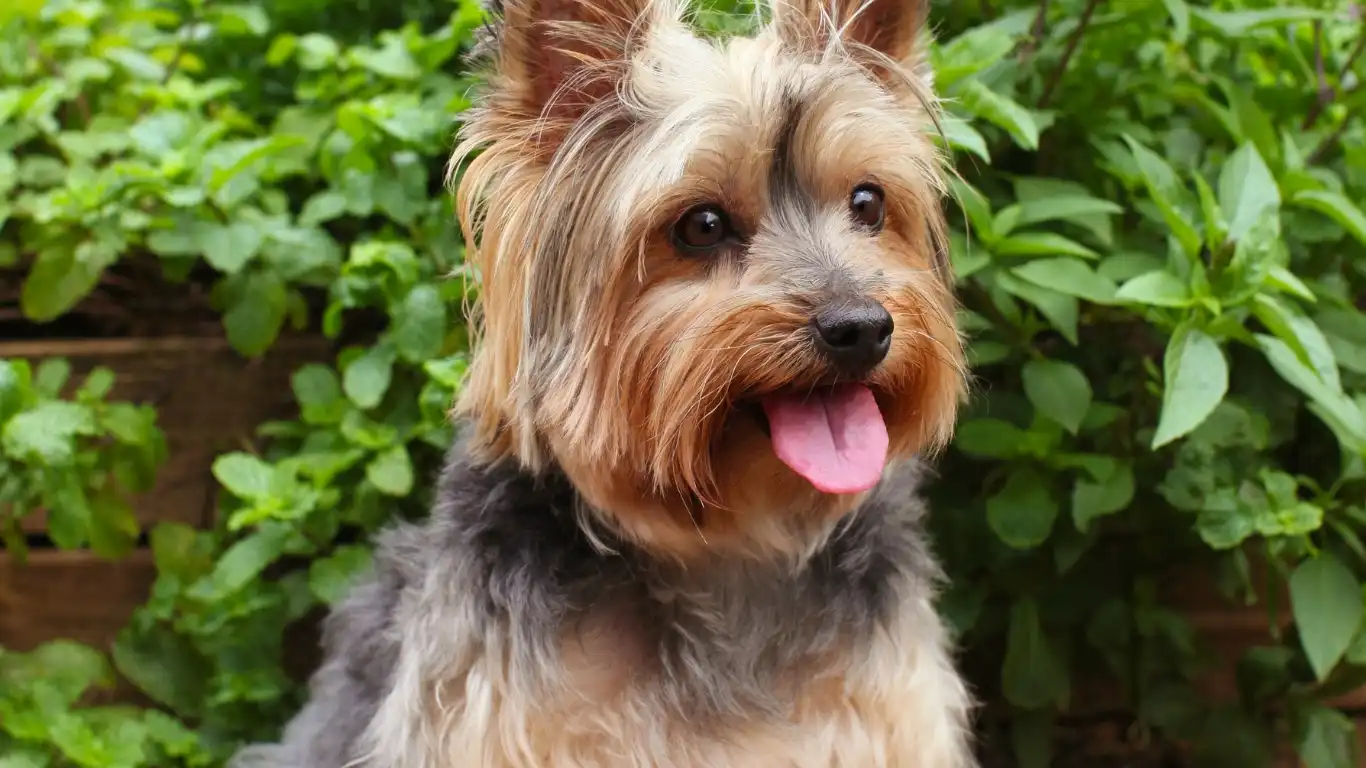
3. Practice Positive Reinforcement
When introducing a leash, it’s crucial to make it a positive experience for your dog. Whenever they show interest in the leash or behave calmly while wearing it, praise them. Positive reinforcement goes a long way in making your dog associate the leash with something pleasant. I always recommend using treats, toys, or even a lot of verbal praise to encourage your dog. Over time, they’ll learn that wearing the leash is a good thing and may even start to look forward to it.
4. Get Them Moving
Now that your dog is comfortable with wearing the leash indoors, it’s time to get them moving! Start by gently guiding your dog around the house with the leash, letting them explore at their own pace. You can encourage movement by leading them toward a favorite toy or treat. Keep the session short and sweet – no more than 5 to 10 minutes. The goal at this stage is to get your dog used to the sensation of walking with a leash attached, without overwhelming them.

Common Challenges When Introducing a Leash
Every dog is different, so it’s common to encounter a few bumps in the road during leash training. Here are some challenges you might face and tips on how to overcome them:
1. Leash Pulling
Some dogs, especially those with a lot of energy, may start pulling on the leash as soon as they realize they’re attached to it. This can be frustrating, but it’s important to remain calm and patient. Start by teaching your dog to “sit” or “stay” while on the leash, rewarding them for not pulling. If your dog does start pulling, stop walking and stand still until they stop pulling and look back at you. Then, you can resume walking. Consistency is key when dealing with leash pulling!
2. Fear of the Leash
Some dogs may show signs of fear or anxiety when they first see the leash or when it’s attached to them. If this happens, don’t force the leash onto your dog. Instead, let them get used to the leash by placing it nearby and allowing them to explore it at their own pace. Once they’re comfortable, try attaching it again, but keep the training sessions short and positive. If your dog continues to show signs of fear, you may want to consider working with a professional trainer.

Patience is Key in Leash Training
Introducing a dog to a leash for the first time can take some time, but remember – it’s a process. Every dog is different, and they all learn at their own pace. Some dogs may take to the leash right away, while others might need a little more time and patience. As with any training, consistency and positive reinforcement are essential. If you ever feel frustrated or unsure, remember that it’s okay to take a step back and go at your dog’s pace. Leash training is not a race – it’s about creating a positive, trusting experience for both you and your dog.
Gradual Outdoor Introduction to the Leash
Now that your dog is comfortable wearing the leash and walking around indoors, it’s time to take the training outside. For many dogs, outdoor environments can be overwhelming due to new sounds, smells, and distractions. As a veterinary technician who’s worked with various dogs, I can tell you that transitioning from the indoors to the outdoors is a big step. But don’t worry; with a little preparation and patience, your dog will soon be walking with confidence, even on busy sidewalks or in the park.
1. Start with a Quiet, Familiar Area
When introducing your dog to outdoor leash walking for the first time, it’s important to pick a quiet, familiar area where they won’t be too distracted. A backyard or quiet street is a perfect place to start. This gives your dog the chance to get used to the new sights, sounds, and smells without being overwhelmed. As you walk together, try to keep your pace slow and steady to help your dog feel more secure. If you have other pets at home, it’s often a good idea to start leash training with your dog alone to avoid distractions.

2. Let Your Dog Explore
Once you’re outside, give your dog the chance to explore. Dogs are naturally curious creatures, and letting them sniff around will help them feel more comfortable and confident. However, try to gently guide them if they start pulling too far away or seem hesitant. If your dog is nervous, it’s okay to stop and let them take it all in. If they pull or stop suddenly, try not to yank the leash. Instead, encourage them to move forward with gentle tugs or a calm, inviting voice. And remember, don’t rush things – go at your dog’s pace.
3. Short and Positive Sessions
At first, keep your outdoor sessions short and positive. Around 5 to 10 minutes is a good duration for the first few outdoor walks. This helps prevent your dog from getting too tired or overstimulated, which can cause frustration. Gradually, you can increase the length of the walks as your dog becomes more comfortable on the leash. Always end the walk on a positive note, whether it’s with praise, a treat, or a few minutes of playtime. This creates a positive association with leash walks that will carry over into future sessions.
Handling Distractions and New Experiences
One of the challenges of leash training comes when your dog encounters distractions or unfamiliar experiences. Dogs, especially puppies, can get excited or anxious when they encounter new people, animals, or even new environments. But don’t worry – this is part of the process! Over time, with your guidance, your dog will learn to handle distractions and stay focused on the walk.
1. Stay Calm and Collected
When you’re out on a walk, it’s important to remain calm and confident, even if your dog starts reacting to something. If they’re pulling towards another dog, a passing car, or even an exciting smell, try to stay calm and avoid pulling back too hard on the leash. If you start pulling too quickly, it can make the situation more stressful for your dog. Instead, gently redirect their attention back to you, either with a calm voice, a treat, or a toy. The key is to teach your dog that they can stay focused on you, even when exciting things are happening around them.

2. Be Prepared for Fearful Reactions
Not all dogs handle new situations with ease. Some may feel scared or anxious when encountering new things like loud noises, other animals, or large crowds. If your dog shows signs of fear, like freezing or pulling away, don’t force them to keep walking. Instead, give them time to process and observe their surroundings at a safe distance. If needed, you can try walking in a different direction to create a calmer experience. With practice, your dog will become more confident in these situations, but it’s important to go slow and reassure them along the way.
3. Positive Reinforcement for Good Behavior
One of the most effective ways to help your dog overcome distractions is through positive reinforcement. When they focus on you, stay calm, or walk with a loose leash despite distractions, praise them immediately. You can use treats, toys, or even just a lot of verbal praise like “Good job!” or “You’re such a good dog!” Positive reinforcement will teach your dog that staying calm and focused on the walk leads to rewards, and over time, this will reduce unwanted behaviors like pulling or lunging at distractions.
Leash Training for Specific Dog Breeds
Every dog breed has its own temperament, energy levels, and tendencies when it comes to leash walking. As a veterinary technician, I’ve seen how different breeds react to leash training, and it’s important to tailor your approach to your dog’s specific needs. Whether you have an energetic terrier, a calm labrador, or a stubborn bulldog, understanding your dog’s personality will help you successfully introduce them to the leash.
1. High-Energy Dogs
If you have a high-energy dog, like a Border Collie or a Jack Russell Terrier, leash training can sometimes feel like a workout for both of you! These dogs tend to get excited and may want to pull ahead during walks. To help with this, make sure you’re starting your walks when your dog has had a little bit of exercise. A game of fetch or a short play session in the yard can help burn off some of their energy before leash training. During the walk, be prepared for bursts of energy, and try to keep your dog engaged with commands, praise, and treats to focus their attention.
2. Calm and Easygoing Dogs
On the other hand, calm breeds like Bulldogs or Basset Hounds might be a little more laid-back during leash training. While this can be a great thing, some of these dogs may also be slow to learn how to walk with a proper pace on the leash. If your dog is naturally easygoing, try to encourage them to walk at a steady pace without letting them dawdle too much. Keep the training sessions positive, with gentle guidance, and avoid rushing them. They’ll eventually get the hang of it!
3. Stubborn Breeds
Some breeds, like Dachshunds or Chihuahuas, might have a bit more of a stubborn streak. If your dog resists walking on the leash, it’s important to stay calm and patient. Avoid forcefully pulling them, as this can cause them to dig their heels in even more. Instead, work on building trust and slowly encouraging them to walk with you. Remember that consistency is key, and be patient with your dog as they learn the ropes.

Advanced Leash Training Techniques
Now that your dog has gotten the basics of leash training down, it’s time to introduce some more advanced techniques. These methods will help improve your dog’s walking behavior and make leash walks more enjoyable for both of you. As a veterinary technician, I’ve learned over the years that leash training is an ongoing process, and it’s always worth fine-tuning your approach based on your dog’s progress.
1. Loose Leash Walking
One of the main goals of leash training is teaching your dog to walk on a loose leash, which means there’s no tension in the leash as you walk together. Achieving this can take time, but with consistent practice, it’s definitely possible. The key is to reward your dog when they walk calmly without pulling. If your dog starts to pull, stop walking immediately and wait for them to come back to your side. This teaches them that pulling doesn’t get them anywhere. Over time, your dog will learn that walking calmly on a loose leash results in a fun walk with plenty of rewards.
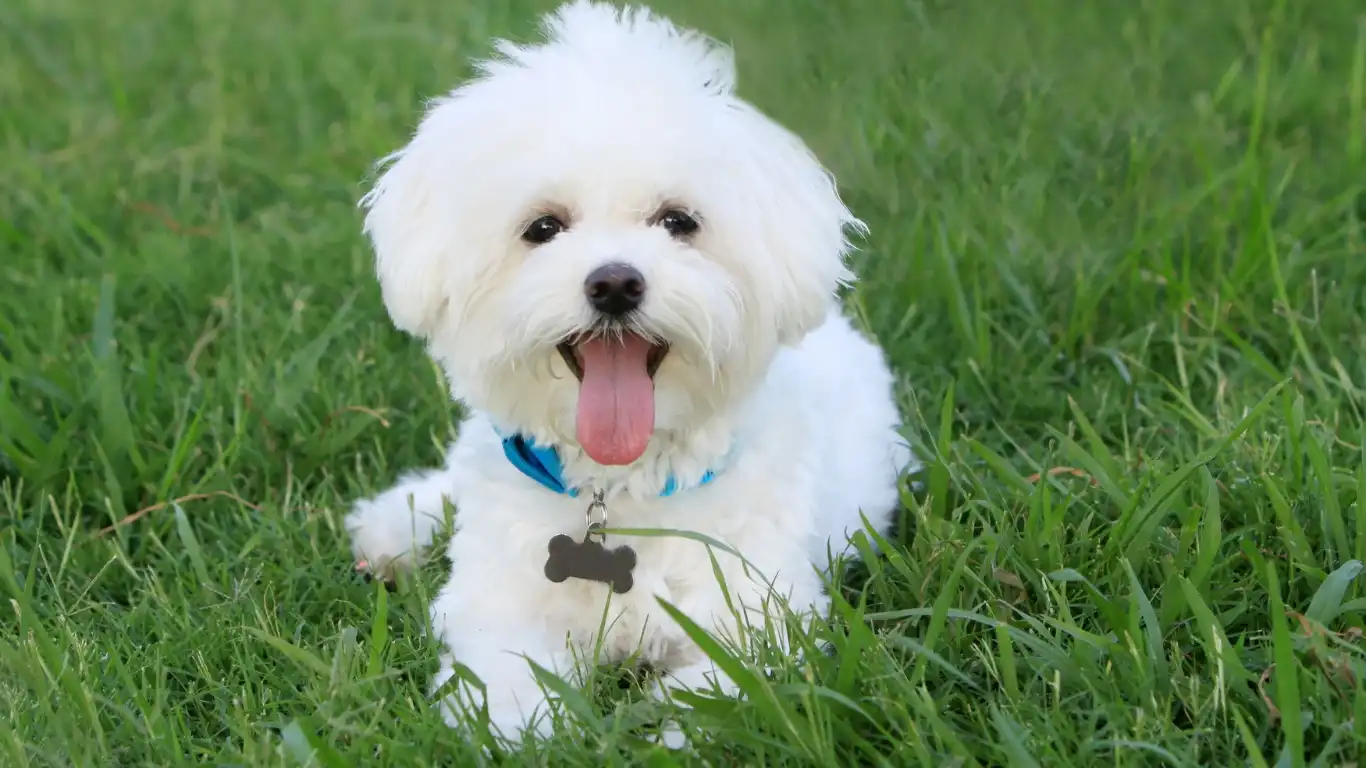
2. Heel Command
Teaching your dog the “heel” command is an excellent way to make leash walking even more controlled and enjoyable. The heel command involves getting your dog to walk right next to you, with their head aligned with your leg. This is particularly useful for situations where you might need extra control, like in crowded areas or when walking near traffic. To teach this, start by holding a treat near your side and encouraging your dog to stay close to you. As soon as they walk beside you, reward them. Gradually, add the command “heel” while they walk in the correct position. Consistency is key – practice this in various settings so your dog can generalize the behavior to different environments.
3. Changing Directions
Sometimes, simply changing direction during your walk can teach your dog to pay attention and follow your lead. If your dog starts to pull ahead or loses focus, change directions quickly without warning. This can catch their attention and prevent them from pulling too far away. After changing direction, immediately reward your dog for following you. This technique helps reinforce the idea that staying by your side and paying attention to you will lead to a positive experience.
Common Mistakes to Avoid During Leash Training
Even though leash training is a rewarding process, there are a few common mistakes that many dog owners make. Avoiding these missteps will help you and your dog have a smoother training experience and strengthen your bond in the long run. Based on my experience working with many dogs, here are some of the most common leash training mistakes:
1. Yanking the Leash
One of the biggest mistakes that dog owners make when leash training is yanking on the leash. This can create fear or frustration in your dog and may lead to them becoming even more resistant to wearing the leash. Instead of pulling, try redirecting your dog’s attention or stopping the walk altogether if they begin to pull. Once they calm down and return to your side, you can resume walking. Gentle corrections and positive reinforcement work far better than harsh yanks.
2. Inconsistent Training
Consistency is essential when it comes to leash training. If you only train your dog once a week, they may not fully understand what is expected of them. Try to practice leash training regularly, even if it’s just for a few minutes every day. The more often you train, the quicker your dog will catch on to the behaviors you want them to learn. Remember that leash training is an ongoing process that requires time and patience.
3. Not Using Positive Reinforcement
Positive reinforcement is one of the most powerful tools in dog training, yet many owners forget to use it consistently. Whether you’re using treats, praise, or playtime, be sure to reward your dog for good behavior during walks. If your dog walks calmly, stays by your side, or looks at you when you give a command, immediately praise them and give them a treat. This helps your dog make the connection between good behavior and rewards.
Leash Training Safety Tips
As much as leash training is about teaching your dog good walking habits, it’s also about safety. Making sure that your dog is safe while on a leash is crucial, especially when you’re out in public spaces. Here are some key safety tips to keep in mind during leash training:
1. Use the Right Equipment
The right collar, harness, and leash are essential for both safety and comfort. Depending on your dog’s breed and size, you may need a specific type of leash or harness. For example, a front-clip harness can help reduce pulling, while a martingale collar may be a good option for dogs that slip out of regular collars. Always make sure that the equipment is well-fitted and comfortable, and never use choke chains or prong collars, as these can cause harm to your dog.
2. Stay Aware of Surroundings
While walking your dog, always be aware of your surroundings. Avoid areas with heavy traffic or large crowds until your dog is fully comfortable with leash walking. If you’re walking in an unfamiliar area, keep an eye out for potential hazards, such as other dogs, traffic, or wildlife. If your dog gets startled or anxious, be ready to redirect their attention or find a safe place to stop. Safety first!
3. Hydration and Breaks
During longer walks or on hot days, be sure to offer your dog plenty of water. Dogs can get overheated quickly, especially if they’re pulling on the leash or walking at a fast pace. Take breaks as needed to let your dog rest and cool off. This is especially important for breeds that are more prone to overheating, such as Bulldogs or Pugs. Keep an eye on your dog’s energy levels and adjust the pace of your walks accordingly.
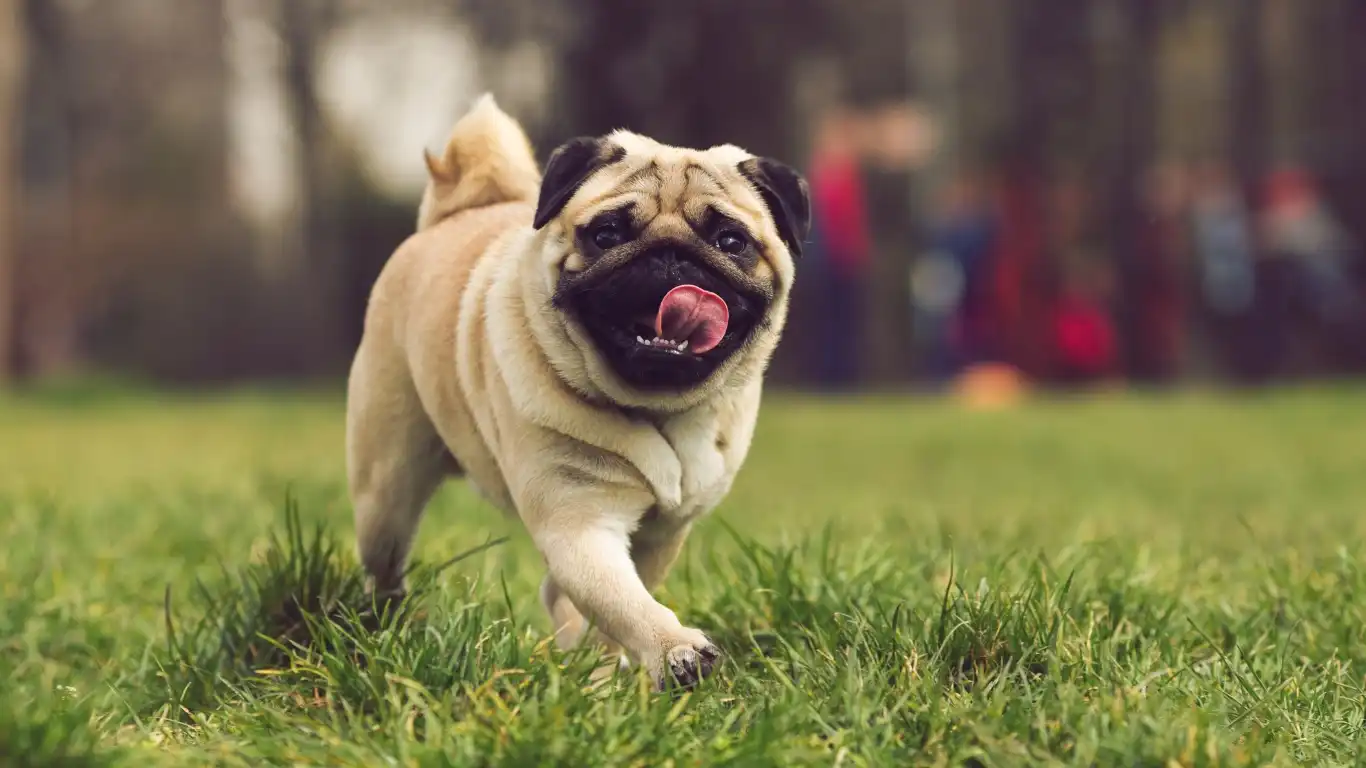
Additional Resources for Leash Training
If you’re looking to dive deeper into leash training and dog behavior, there are several trusted resources available. Websites like American Kennel Club and PetMD offer expert advice on a wide range of topics, from training tips to understanding your dog’s body language. For more in-depth training methods and behavior modification techniques, consulting with a professional dog trainer can be an excellent option. Additionally, if you’re ever unsure about any aspect of your dog’s health or training, don’t hesitate to reach out to your veterinarian.
Disclaimer
This information is provided for general informational purposes only. It should not be considered as medical or professional training advice. If you are experiencing behavioral issues with your dog or need specific advice regarding your dog’s health or well-being, please consult with a licensed veterinarian or a professional dog trainer. Training should always be tailored to your dog’s specific needs, and what works for one dog may not work for another.
